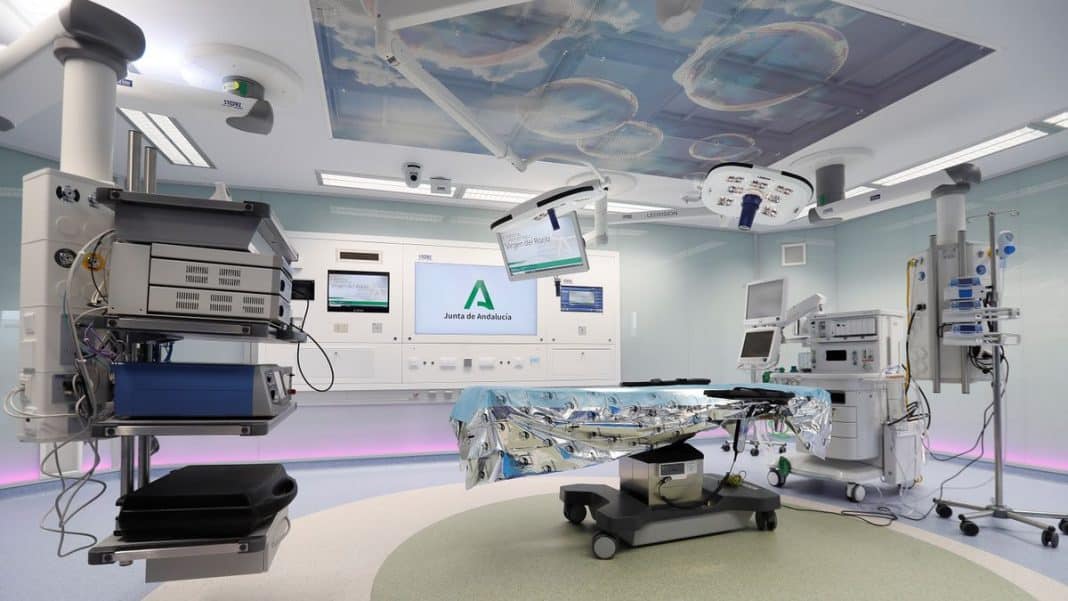It is known as the “Spanish model” of organ transplantation and donation since it has become a global reference, including in Japan, where it was adopted in the country’s south a few years ago and was studied again this week in Tokyo by Spanish and Japanese experts.
Beatriz Domínguez, director of the Spanish National Transplant Organization (ONT), and Dr. Mart Manyalich, of the Donation & Transplantation Institute (DTI) Foundation, explained at the Cervantes Institute in Tokyo how Spain has remained a leader in organ donation and transplantation for nearly three decades. “The existence of an authority with technical leadership, a network of specialists, and the involvement of intensivists in hospitals and ICUs is crucial,” said Beatriz Domínguez, director of the ONT, about the keys to the Spanish model.
A strategy that reached historic highs in 2019, with 2,301 donors (48.9 per million population) and 5,449 transplants, and that, despite the pandemic, would place Spain (40.2 per million) as the European Union (18.4) leader in 2021, with 2,229 individuals donating their organs.
A model that is present “in the five continents,” according to Domínguez, and lists how the Spanish experience will reach India or has already been adapted to health systems in countries such as Canada, Australia, the United Kingdom, Croatia, and is exported to Latin America, which has more than doubled its donations in 2019.
Fruits grown in the Japan following the “Spanish model” of organ transplantation
An worldwide transplant congress in Tokyo in the 1990s planted the seed for 127 Japanese experts to be trained in a donation and transplant management program conducted by Dr. Mart Manyalich at the DTI Foundation in Barcelona since 1991. Since then, Japanese doctors and nurses have visited to Barcelona, and in 2006, one of them, Dr. Manabu Saito, brought the experience back to Okinawa, with successful outcomes in this collection of islands in Japan’s southern archipelago.
“It worked perfectly, donors increased, and they demonstrated that it was possible to do it,” explains Dr. Manyalich, a pioneer in donation and transplants since the 1980s and president of a foundation that has trained more than 17,000 health specialists from over a hundred countries, in an interview with Efe. “Dr. Saito created a team in his Okinawa hospital and carried out the same process that we do in Spain, going from no donors to almost 20 donors per million,” Manyalich explains, though he emphasizes that these figures are in a small population (1.4 million) and that Japan “has an opportunity for improvement.”
For the full article, please visit Diario de Ibiza website here.

